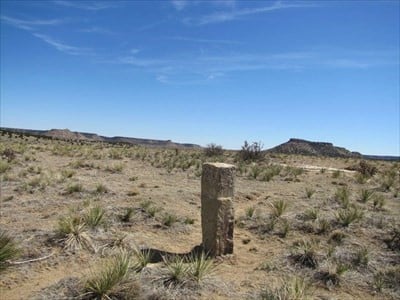
From the outside, boundary disputes seem like the most petty, unreasonable lawsuits you could imagine. However, sometimes they’re legitimate. Most Colorado towns were founded in the 1800’s. Original surveys were often made using large, heavy chains to measure distances. Old surveys frequently marked boundaries as starting at the “large cottonwood tree” or “the stone fence post,” features that have long-since vanished. Survey chains were particularly bad at measuring over uneven terrain, let alone foothills or mountains. Further uncertainty comes with modern surveying tools, such as GPS and laser scanning, called lidar. Applying such accurate modern techniques to the verbiage of legal descriptions from the 1800’s is sometimes comical. Some towns, such as Leadville, find errors so great that one person’s house might be located on another person’s lot.
Colorado law offers a variety of remedies to resolve these disputes. The quiet title rule, C.R.C.P. 105, gives the Court a procedural mechanism to settle true ownership. Some landowners even file what’s called a “friendly quiet title” action to cooperatively resolve disputes or discrepancies in legal descriptions. The boundary dispute statutes, Section 38-44-101, C.R.S., et seq., provide a series of remedies for Courts to define boundaries. The statutes even authorize the Court to appoint the County Surveyor to say what’s what. 
It’s almost always better for everyone to find a cooperative solution, but sometimes that’s an impossibility. No matter what, good lawyers and good surveyors go a long way to cleaning up legal descriptions, determining proper boundaries under the law, and saving everyone from fixing an even bigger mess when the land is next sold.

